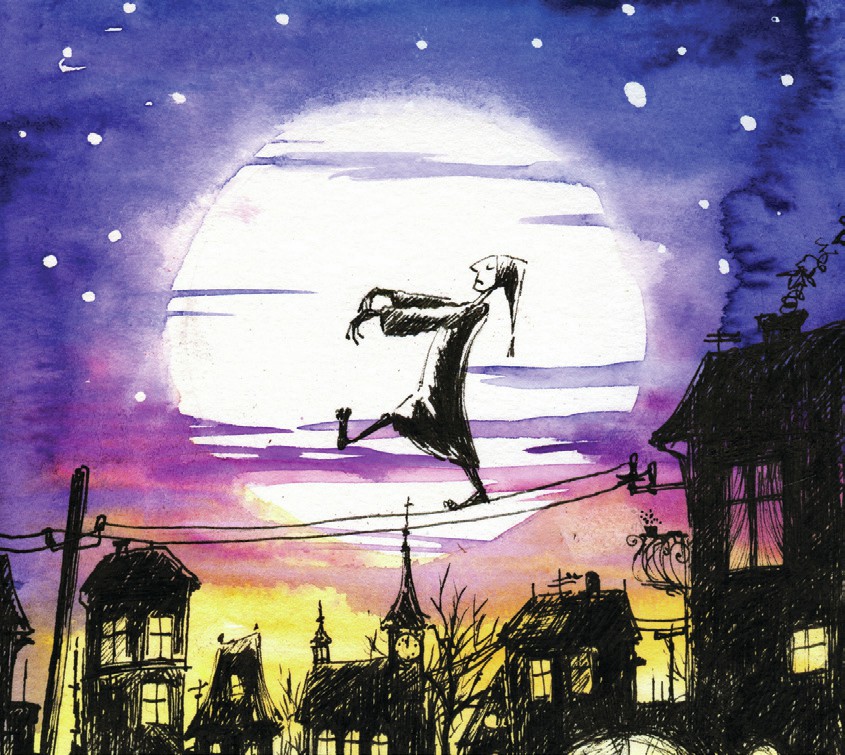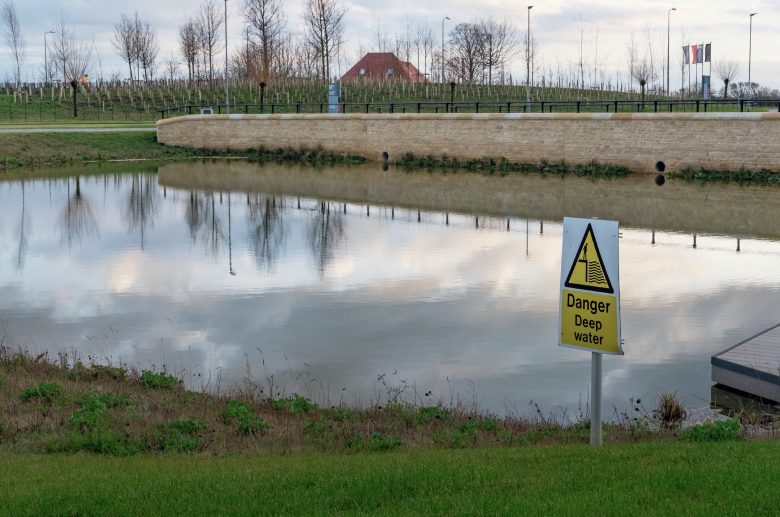
This landmark case relates to the defences of insanity and automatism (for more on this subject, see the article ‘Insane automatism’, pp. 8–11). The House of Lords (now the Supreme Court), and Lord Denning in particular, provided a definition of automatism. He explained the ‘continuing danger theory’ when deciding if a medical condition should give rise to the defence of automatism (which, if successful, results in an acquittal) or the defence of insanity (where the defendant will be found ‘not guilty by reason of insanity’ and may be hospitalised in a mental institution).
The defendant gave the female victim a lift in his car. He gave evidence that a ‘blackness’ came over him and he strangled the woman with her own stocking. There was some evidence that he had been suffering from psychomotor epilepsy, and both insanity and automatism were raised as defences at his murder trial. The defendant was convicted and appealed first to the Court of Appeal and then to the House of Lords.
Your organisation does not have access to this article.
Sign up today to give your students the edge they need to achieve their best grades with subject expertise
Subscribe




